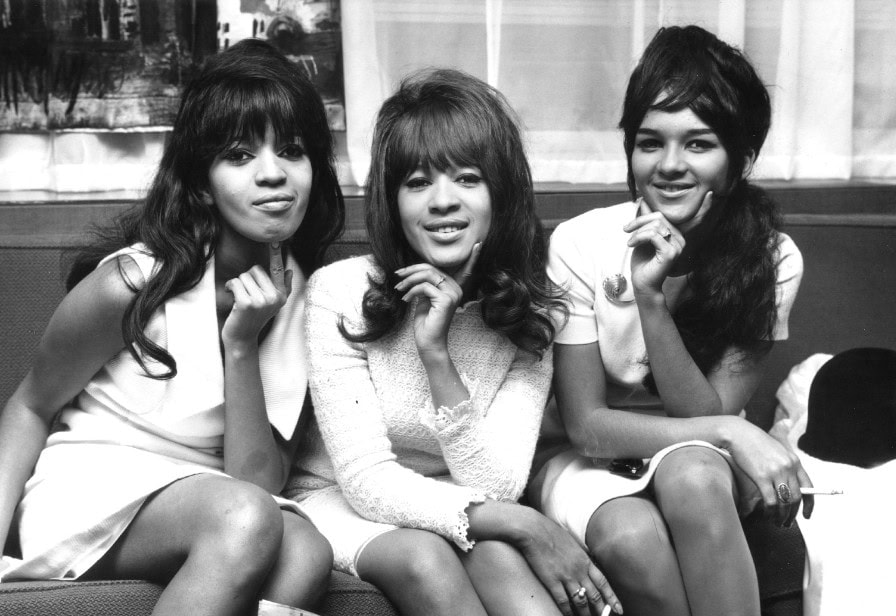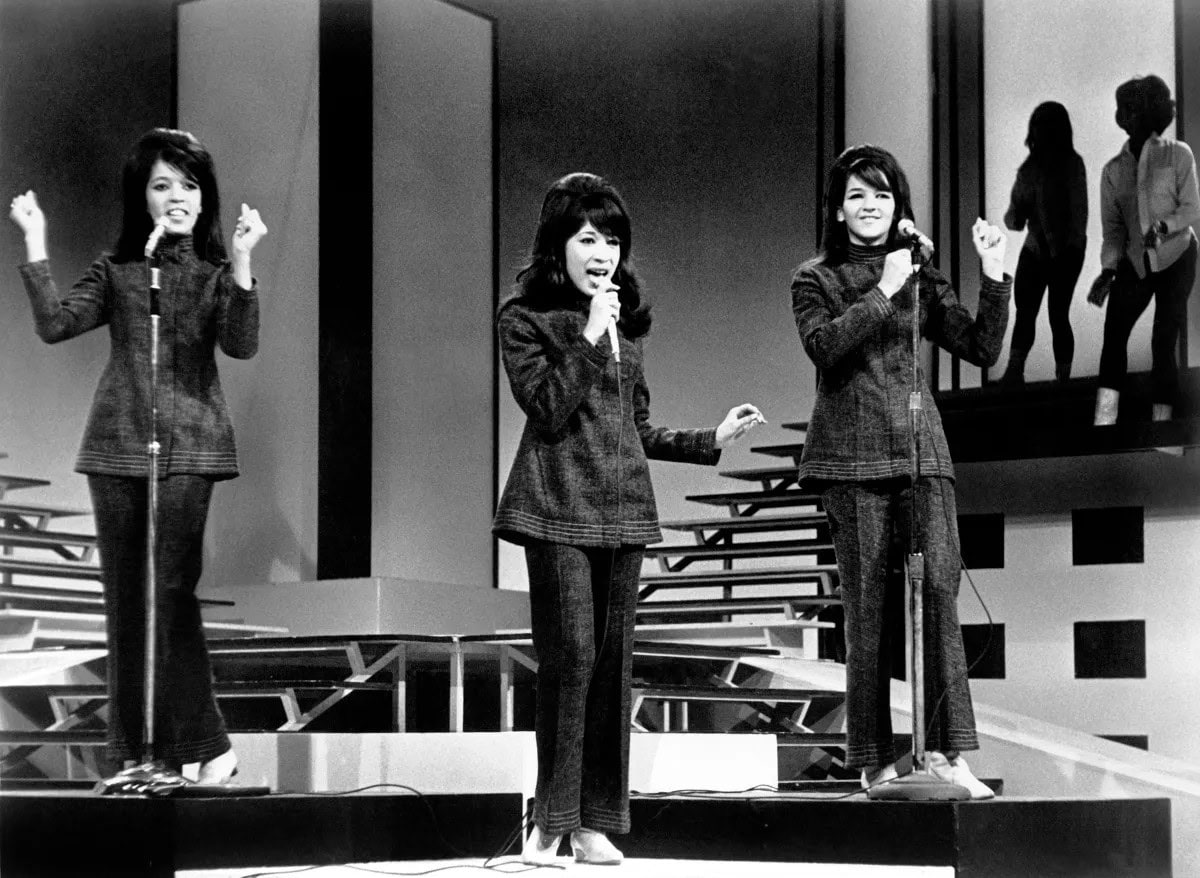
The Ronettes’ “Baby I Love You”: A Wall of Sound Classic
Ah, “Baby I Love You,” a song that practically explodes from the speakers with infectious energy. This 1963 gem by the legendary girl group The Ronettes isn’t just a love song; it’s a full-on sonic experience, a prime example of the revolutionary “Wall of Sound” production technique pioneered by Phil Spector.
Spector, the mastermind behind the Ronettes’ sound, layered instruments and vocals to create a dense, almost overwhelming soundscape. In “Baby I Love You,” the driving rhythm section, the soaring strings, and the iconic “whoa-oh-oh” backing vocals all come together to create a wall of sound that pushes the song forward with an irresistible momentum.
Written by the songwriting trio of Jeff Barry, Ellie Greenwich, and Phil Spector himself, “Baby I Love You” isn’t lyrically complex, but its simplicity is part of its charm. The song is a declaration of undying love, sung with an innocent yet powerful yearning by lead singer Veronica Bennett (later Ronnie Spector). Her passionate delivery perfectly complements the dynamic production, making the listener believe every word of her devotion.
“Baby I Love You” was an instant smash hit, rocketing to number one on the Billboard Hot 100 chart in 1963. It became the Ronettes’ signature song and a cornerstone of the burgeoning girl group sound. The song’s influence can be felt across decades and genres, inspiring countless artists from The Beatles to Bruce Springsteen.
But “Baby I Love You” is more than just a chart-topper. It’s a sonic landmark, a testament to Spector’s groundbreaking production techniques. It’s a joyous celebration of young love, captured with a raw energy that remains as captivating today as it was in 1963. So, crank up the volume and let the Wall of Sound wash over you – “Baby I Love You” is an irresistible invitation to sing along and feel the pure joy of music.
